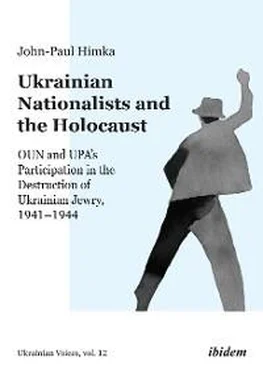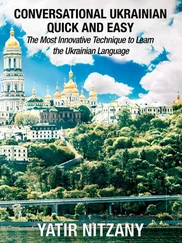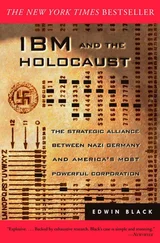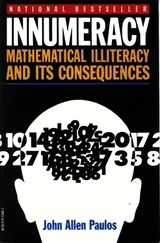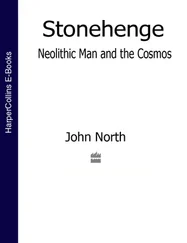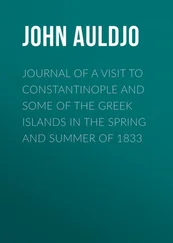There is no consensus regarding the proper geographical nomenclature for borderland territories and localities, in which much of the events recounted in this study took place. For example, in this book I will frequently refer to “Galicia,” a region that produced a very specific Ukrainian political and intellectual culture. Andrzej Zięba argues, however, that historians should abandon this term unless it is in relation to the Austrian crownland that existed from 1772 to 1918 or to the Distrikt Galizien established by the Germans that existed from August 1941 to July 1944. In his view, historians should use only the official state nomenclature of the Second Polish Republic; in the case of what I call Galicia, he would refer rather to the palatinates ( województwa , voyvodships) of Lwów, Stanisławów, and Tarnopol. For certain studies, this is, I think, not only justified, but is a good practical choice. 1But for this study, the regional specificity of what I call Galicia is important. It is the region where OUN emerged and achieved its greatest influence, and although UPA was active first in another region, Volhynia, its leadership was to a large degree of Galician origin. So by using this term, I mean to call attention to the regional specificity. Zięba also points out that Ukrainian historians, even when they use the term “Galicia,” are really referring to Eastern Galicia, that is, the eastern part of the Austrian crownland, in which Ukrainians formed a majority of the population. 2“Eastern Galicia” was also a geographical concept that demanded much attention from the diplomats who were working out the post-World-War-I settlements from 1918 through 1923. Martha Bohachevsky-Chomiak, who had used the term Eastern Galicia and Galicia in her earlier work, has lately been arguing that historians should designate what I call Galicia by its transliterated Ukrainian equivalent, Halychyna. 3But as a linguistic conservative by inclination, I will retain the usage Galicia, which appears in my earlier publications and which is common practice in English-language studies of Ukraine. Today Galicia, as I am using it, comprises roughly the oblasts of Ivano-Frankivsk, Lviv, and Ternopil in Ukraine.
Just north of Galicia is a region I will refer to as Volhynia, although it does not encompass all of the territory to which that name has referred historically. Some scholars now employ the distinction Western Volhynia to refer to what I will be calling Volhynia. For this study, I mean the parts of historical Volhynia that were incorporated into Poland from 1921 to 1939. In 1941, under German occupation, Galicia became Distrikt Galizien within the General Government while Volhynia was incorporated into the Reichskommissariat Ukraine. 4Volhynia had comprised the Volhynia palatinate in interwar Poland, which had its capital in Łuck, and comprises today Rivne oblast, a small part of Ternopil oblast, and Volhynia oblast (with its capital in Lutsk) in Ukraine. Galicia and Volhynia together comprised “Western Ukraine,” a term used by the Soviet administration in 1939-41.
There are a few other territories I will refer to. When I write of Bukovina, I mean what is more accurately referred to as Northern Bukovina, that is, the territory which Soviet Ukraine annexed from Romania in 1940 and which today comprises most of Chernivtsi oblast in independent Ukraine. By Transcarpathia, I mean the region which since 1945 has been Transcarpathia oblast, first in Soviet Ukraine and then in independent Ukraine.
It is always difficult to make choices about place names. In the period with which this book is concerned, borders and administrations shifted. What started out as the southeastern palatinates of the Second Polish Republic came under Soviet rule in September 1939, then passed to German rule from summer 1941 until summer 1944, and then returned under Soviet rule. Thus Lwów became Lviv, then Lemberg, and then Lviv again. Some scholars use the Polish names for all localities that existed in interwar Poland. I considered this same practice, but did not adopt it. My concern was that readers should be able to find the localities I mention on modern-day maps and geographic applications. Thus I use the Ukrainian name for all places within the boundaries of today's Ukraine. It would be cumbersome, even for a specialist, to find a present-day locality with only its Polish name. I had thought of using the names as they are found in Google Maps, but resigned from this idea after realizing that there were problems with consistency in that application. So I am rendering place names from Ukrainian, with modified Library of Congress transliteration (soft signs omitted; use of Y in place of I for the initial letter when followed by a vowel, so Yabloniv instead of Iabloniv). I think this method will most easily allow readers to search place names on the Internet and ascertain their location. Upon first mention in the text of localities that were in Poland between the wars, I will give the place name in Polish in parentheses. Localities that are in today's Poland rather than in Ukraine, such as Przemyśl, will only appear in their Polish forms. I will also provide the Romanian name for localities in Bukovina, which belonged to Romania between the wars. In some cases, the Polish or Romanian names are identical with the Ukrainian names. Cities and places that are well known in English by names that would violate the practices set out here, such as Warsaw (instead of Warszawa) and Babi Yar (instead of Babyn Yar), will be referred to by these common names. I think that the capital of Ukraine, Kyiv, is now becoming better known by its Ukrainian name, even though Kiev had once been more common. Many place names in Ukraine have changed since World War II. I will use both the modern and historical names as seems best for the context.
In sum, my choice of place name usage has not been guided by any considerations of historical correctness but rather by what I think will make geographic orientation easier for the reader.
Technical and Terminological Matters
In transliterating bibliographical data from the Cyrillic and Yiddish alphabets, I am using the Library of Congress systems without diacriticals. For Ukrainian and Russian names in the text, I am using the modified Library of Congress system devised by the Canadian Institute of Ukrainian studies; its main features are the elimination of soft and hard signs, the simplification of certain last-name endings to -sky, and the use of “Y” instead of “I” to transliterate the initial letters of certain names (e.g., Yuliian instead of Iuliian).
In this study I am using the term “nationalists” as shorthand for members and sympathizers of OUN and UPA. I do not mean to include all those who championed Ukrainian cultural and political independence. When I am using the word “nationalist” in a wider sense, I will signal that I am doing so.
I will be referring to folios of testimonies from the archive of the Jewish Historical Institute in Warsaw (AŻIH). Many individual testimonies are comprised of both a handwritten and typed copy, each with its separate pagination. I will be citing the folio numbers of the typed copies.
All translations are my own unless otherwise noted.
1This procedure is used, for example, by Kopstein and Wittenberg, Intimate Violence .
2Zięba, “Ukraińcy, Polacy i niemiecka zagłada Żydów,” xxvi-xxvii.
3Bohachevsky-Chomiak, Ukrainian Bishop, American Church , xvi.
4There is an excellent study of the Reichskommissariat Ukraine: Berkhoff, Harvest of Despair .
It is a standard practice among historians to include in their monographs a survey of the existing historiography. Normally this does not constitute an entire chapter, but just a few pages. In this monograph, however, I consider it necessary to spend more time on the intellectual history of our problem, Ukrainian nationalist participation in the Holocaust. The topic has been a controversial one, and it needs to be placed in its complicated contexts. The historiography has emerged from different sources: Jewish survivors of the Holocaust, primarily in Israel; Ukrainian nationalist emigrés in North America and Western Europe; scholars in communist Poland; Soviet propagandists; scholars at universities in the West, primarily in Germany and North America; and scholars and activists in independent Ukraine. It has been impacted by major historical developments: the Holocaust itself, the establishment of communism in Eastern Europe, and the fall of that communism.
Читать дальше
